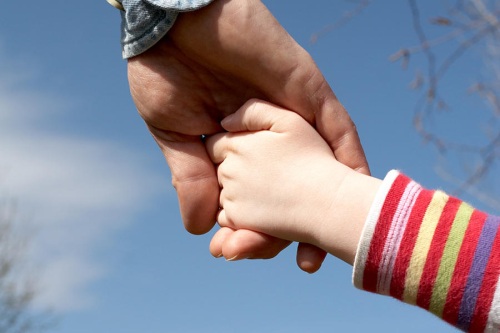ASTANA – Americans adopted more than 6,000 Kazakh orphans from 1999-2011, according to a December 2013 article in Vox Populi. Kazakhstan recently imposed a moratorium on U.S. adoptions, however, after foster parents gave away two of the youngsters to a ranch for kids.
Statistics for the period showed the rate of adoption by Kazakh citizens increased in 1999-2000, according to figures posted on the website of the nation’s general prosecutor. The numbers remained stable with insignificant fluctuations until a small drop in 2005, followed by a chain of minor decreases through 2010 and a sharper decline in 2013. That year marked the lowest for the period. Adoption rates by foreign families also waivered in that timeframe, reaching a high point of 3,219 in 2011.
The overwhelming number of adoptions were by Kazakh citizens (81 percent), with the balance by foreign families (18 percent) and foreign relatives (1 percent). U.S. families represented the largest group of foreigners (75.4 percent), followed by Spain (8.7 percent) and Belgium (4.6 percent), according to the same statistics.
Adoptive parents are typically professionals, such as engineers, teachers, doctors, business people, economists or accountants. Their average age is 35-45, reported Tengrinews, referencing a Sept. 15, 2014 report by the Committee for the Protection of Children’s Rights of the Kazakh Ministry of Education and Science.
A total of 2,777 youngsters were adopted in 2014; 2,694 by Kazakh citizens, 60 by foreign families and 23 by foreign relatives, according to data posted by the Committee for Protection of Children’s Rights.
In the first quarter of this year, 215 orphans who remained without parental care were taken in by families of Kazakh citizens, noted the committee. Figures through June 1 also show 514 children were transferred from orphanages to families.
“There was a dangerous moment when data on adopted children was missing because the system was not worked out and there was a lack of special accredited agencies and organisations. Thus, the moratorium on adoption of Kazakhstan children was imposed for some time so those mechanisms could be developed and accepted,” National Commission for Women, Family and Demographic Policy member and chair of the board of the Women’s League of Creative Initiative Assiya Khairulina told The Astana Times. “It is reflected in a new code that there should be an accredited agency that provides its own complete reporting on all children and compliance with all rules, all of which is going on now. Thus, children from Kazakhstan can be adopted by foreign adoptive parents on the condition that the priority is given to Kazakhstan parents.”
New legislation appeared to develop foster care and the possibility of a labour remuneration for a foster caregiver. An amendment that involves payment to guardians stimulated growth of an alternative arrangement for children without parental care, she added. As a result, adoptions by Kazakh citizens were increasing and placement in foreign homes decreasing.
“The amount of orphanages is shrinking in Kazakhstan as many children find families; however, older children were remaining because people in the country preferred infants. Patronage and family-type orphanages that are developing now became a good alternative for such children,” said Khairulina.
People have become more open to the problems of adoptions and the idea is now more popular. Large numbers of families wish to become adoptive parents, but there are not enough available children, because many youngsters in orphanages have health problems, she added.
“People with disabilities are not well integrated into society and not accepted in Kazakhstan. Not all families in Kazakhstan are ready to adopt such children, as it requires huge responsibility and readiness,” she stressed. “There is a rise in adopting among the population of Kazakhstan and fewer children are turned away for such inauspicious reasons now,” she noted.
Despite the youngsters’ health issues, some American families have taken the children into their homes and found cures with the help of the county’s developed medical system.
“A lot of children who needed prosthetics, had cerebral paralysis, Down syndrome and other physical and psychological lags were rehabilitated and found families in foreign countries,” said Khairulina.


